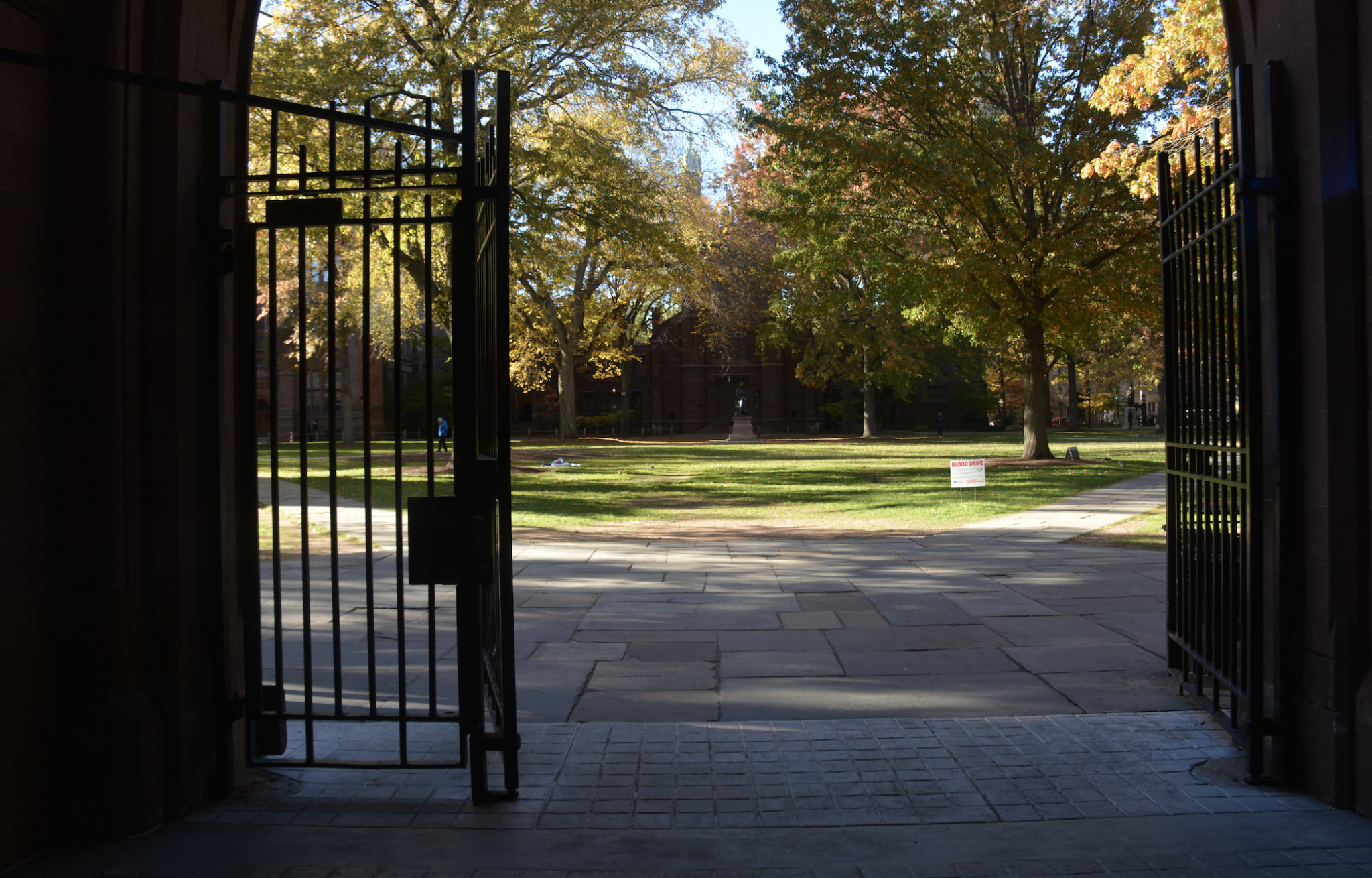
When Paul Stankey’s ’21 spring season was canceled due to the COVID-19 crisis, he didn’t head directly home to Minnesota. Instead, he returned to New Haven, setting out to design an apparatus that allows three patients to share a ventilator — a resource in increasingly scarce supply as the pandemic batters the nation and the world.
Stankey, a double major in mechanical engineering and biomedical engineering and a member of the Yale men’s golf team, developed the design from his New Haven apartment, corresponding remotely with two instructors who provided feedback. After running simulations on SolidWorks — a professional computer-aided design software specializing in mechanical design — he worked with an employee at Yale’s Center for Engineering Innovation and Design to 3D-print prototypes of the model. He is now looking to partner with a hospital or company that will test the model on artificial lungs.
“My attitude is that I hope this design works really well, but it never has to be used,” Stankey said.
The Yale junior told the News that the idea for the design sprang out of a conversation two weeks ago with professor Ronald Adrezin, his instructor for MENG 400, “Computer-Aided Engineering.” Stankey had heard that in areas of the United States especially hard-hit by the virus — like the New York City area — ventilators were already being split between two patients, but he hadn’t yet encountered a design that allowed three patients to share a ventilator. So he decided to create one himself.
The apparatus is composed of one inlet tube and three outlet tubes, in addition to a gate in the middle of the body piece, which divides airflow evenly between patients. Stankey said that the gate space can be adjusted to alter the distribution of airflow.
Stankey’s background in the fields of mechanical and biomedical engineering allowed him to tackle the project from multiple angles. His biomedical training, he said, helped him understand the project through a physiological lens — how much pressure is necessary to inflate lungs, how much oxygen a patient requires. His mechanical engineering background helped him consider how to create his design “to withstand those pressures and manufacture it in an efficient manner,” he explained.
Still, Glenn Weston-Murphy, a Yale engineering design advisor and one of the instructors who assisted Stankey, said that some “serious precautions” must be taken when considering the implementation of such a device, given that traditional ventilators are not meant to be split between multiple patients.
Weston-Murphy used an analogy comparing a marathon runner and a casual walker to explain the need to regulate a ventilator-sharing apparatus beyond a simple two- or three-part split.
“If [both individuals] were out for a walk, you would have to push and pull to maintain a pace that would work for the both of them,” Weston-Murphy said. “Well, picture them breathing together. You have a similar arrangement where their lung capacities, and the pressures within those lungs, could be very, very different between the two patients.”
Stankey seemed hopeful about the future of his design. The next steps, he said, entail finding a company or hospital willing to partner with him to test his design on artificial lungs. He said he’s hoping to find a location with the resources to conduct testing without taking a ventilator away from a patient in need.
If testing goes well, he said, he plans to upload his design to the internet, so hospitals and individuals can download the file and 3D-print the apparatus themselves.
Adrezin told the News that Stankey’s design would help hospitals manage the surge of sick patients, saying that “if [the United States] gets to the point … that [it] needs to split ventilators, the knowledge is out there of how to quickly test it.”
“It definitely is a terrifying thought that the virus could get so bad that this design would have to be used,” Stankey said. “I’m hoping that [if] we all do our part by staying in and flattening the curve, we’ll slow the spread enough not to need things like this.”
According to the New York Times, the United States currently has 633,267 cases of COVID-19 as of Wednesday evening.
Olivia Tucker | olivia.tucker@yale.edu







